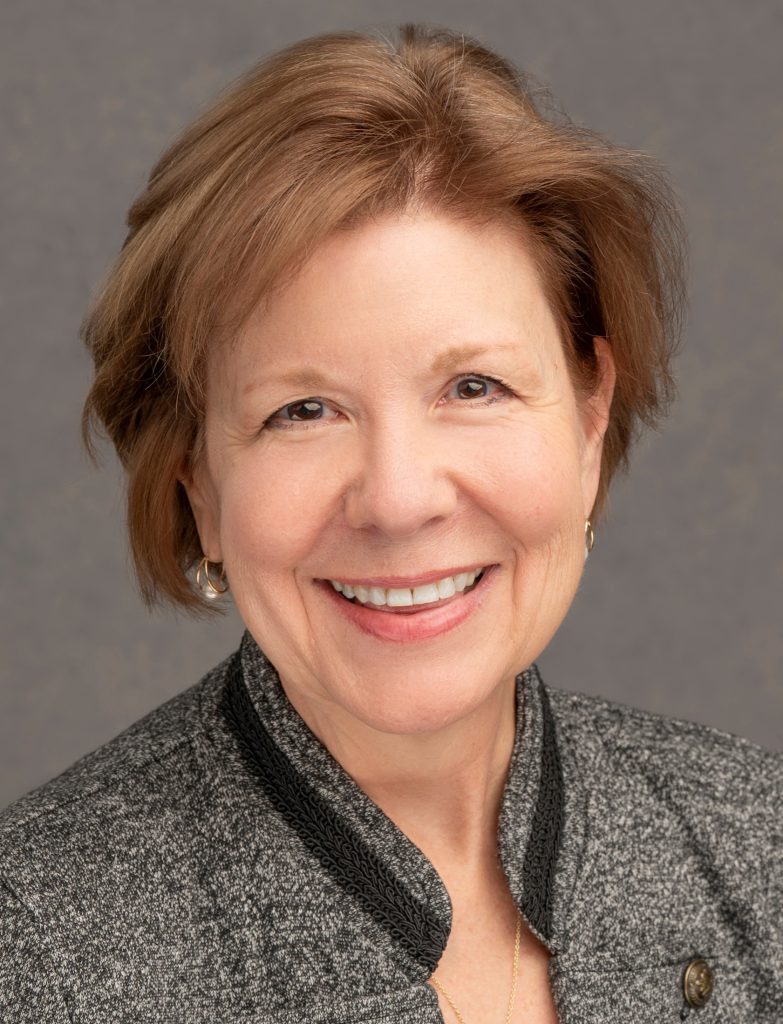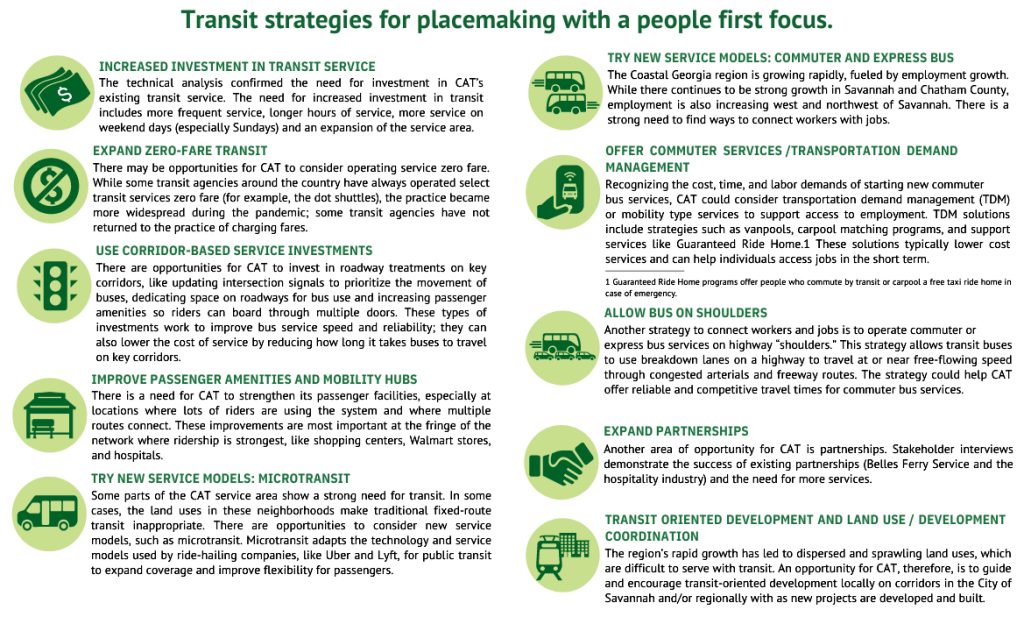Transforming Transit—Placemaking
By Faye DiMassimo, CAT | 4/16/2024
FAYE DIMASSIMO
Executive Director/CEO
Chatham Area Transit
Savannah, GA

Placemaking is not a new term, but one with an important refreshed use in the modern future of public transit. At its core, placemaking focuses our attention not on a prescriptive regulation and rules-based process and outcome or a particular mode of transit, but on intentionally designing services and systems for people. Nothing could be more essential than this sort of fresh thought around transit design. If our measure of success post-COVID is to merely return to what and where we were, an incredible opportunity is being missed.
A number of trends further direct our attention toward placemaking. Trends in customization of experience and convenience, sustainability, safety and security, workforce development, technology, recruitment, retention, and funding are key in weaving placemaking that includes transit as an integral thread.
As Tim Keane noted recently in an opinion piece in Scientific American, “the Atlanta City Design” says: “When we talk about design, we are not merely describing the logical assembly of people, things, and places. We’re talking about intentionally shaping the way we live our lives.” Transit is among the most powerful ways we can activate the placemaking efforts and shape healthy, vibrant places.
As we continue to move forward after COVID and its lasting impacts in our communities, bold leadership that engages in placemaking central to a healthy transit system is key. Chatham Area Transit, where I serve, is not unlike our peers with financial, asset management, and staffing issues. To meet needs, service offerings must expand against the backdrop of those challenges. We came out of COVID with a year-long community driven process to concurrently develop a Master Transit Plan, update our Comprehensive Operational Analysis/Transit Development Plan, and complete our Zero-Emissions Bus Plan. Bold and ambitious, the synergies of these efforts were anchored in the place (and transit service) we want and need to be.
With equity as a core value, we undertook a service modification that not only suspended unproductive routes and trips to restore service reliability but expanded a zero-fare downtown trolley service to nearby historically disadvantaged neighborhoods. This expansion outside of the downtown area enabled community connectivity and placemaking to be possible in ways that had been missing.
Placemaking and transit service must rest on the foundation of partnerships. Public and private, nonprofits and for profits, neighborhoods, institutions, agencies, and jurisdictions can come together under the umbrella of placemaking to achieve deep collaboration essential to customized experiences, addressing community safety and security, meeting the changing landscape of workforce development needs, keeping pace with technology development, and securing the people and resources needed to deliver.
Of course, bold leadership and transit placemaking may be hampered not only by the fiscal cliff faced by many systems, but also by the ongoing local funding and required match challenges. There is an essential need for smart local flexibility balancing capital and operating resources, local funding necessary to take advantage of the vast federal funding opportunities, and the associated local project and program management capacity that ensures quality placemaking delivery.
We do not need a crystal ball to see what can be. We only need bold, courageous leadership armed with a well-developed and community engaged vision and strategies for making places where all people can genuinely thrive. Placemaking with its focus on people requires a network of connectivity—physical, social, emerging technology, and policy. Public transit covers that waterfront in ways that nothing else can. Regardless of what the future holds and how this may differ from place to place, the future will demand creating new spaces for people to live, connect, and prosper.
